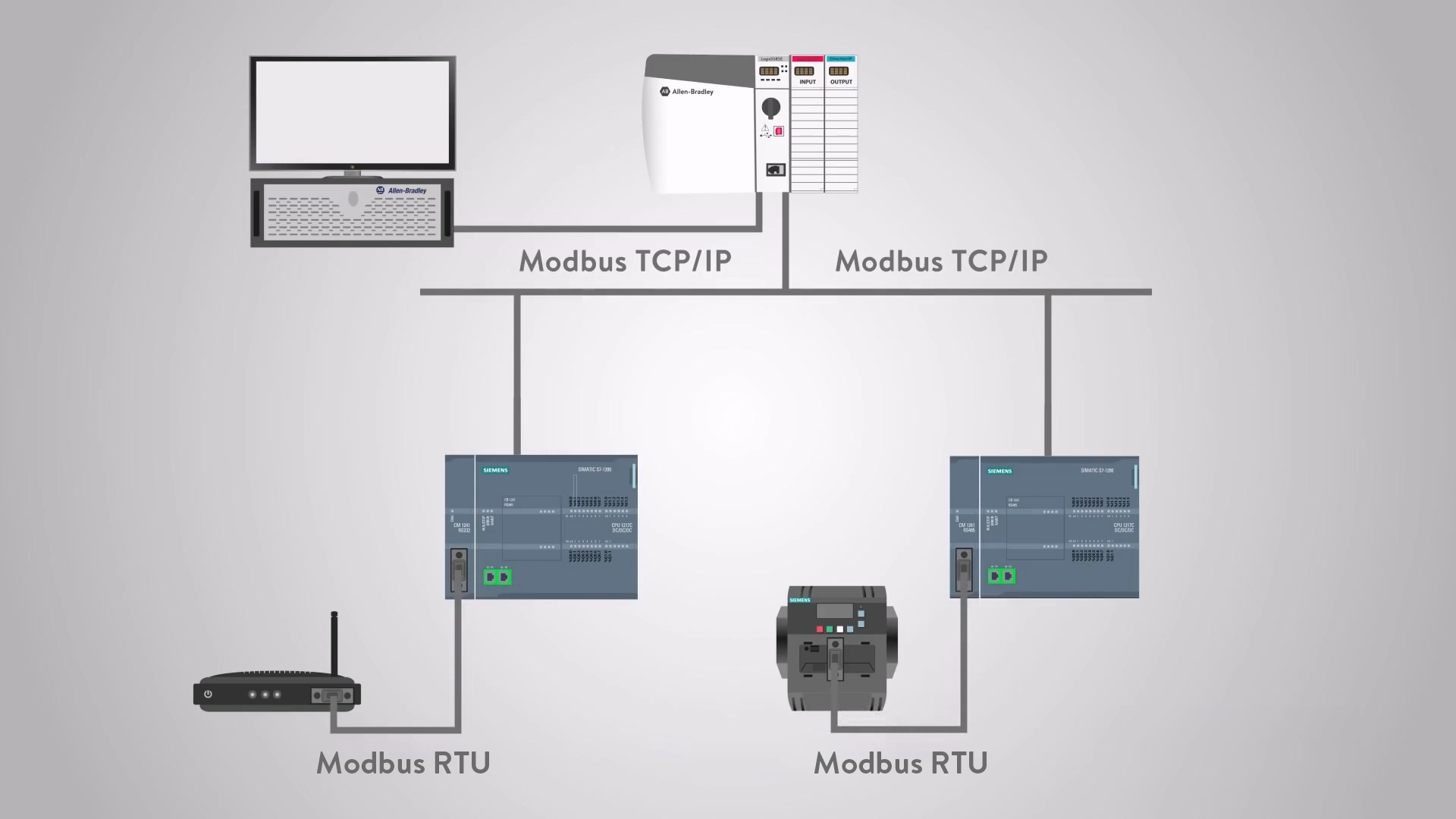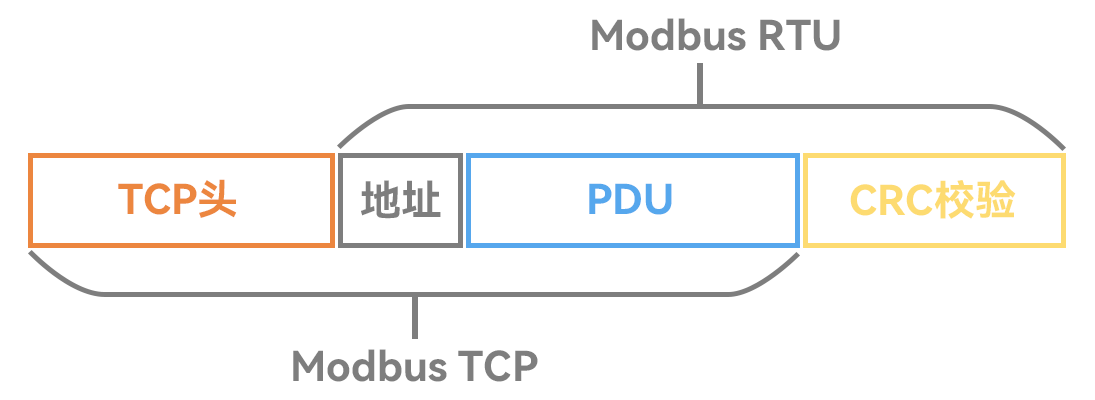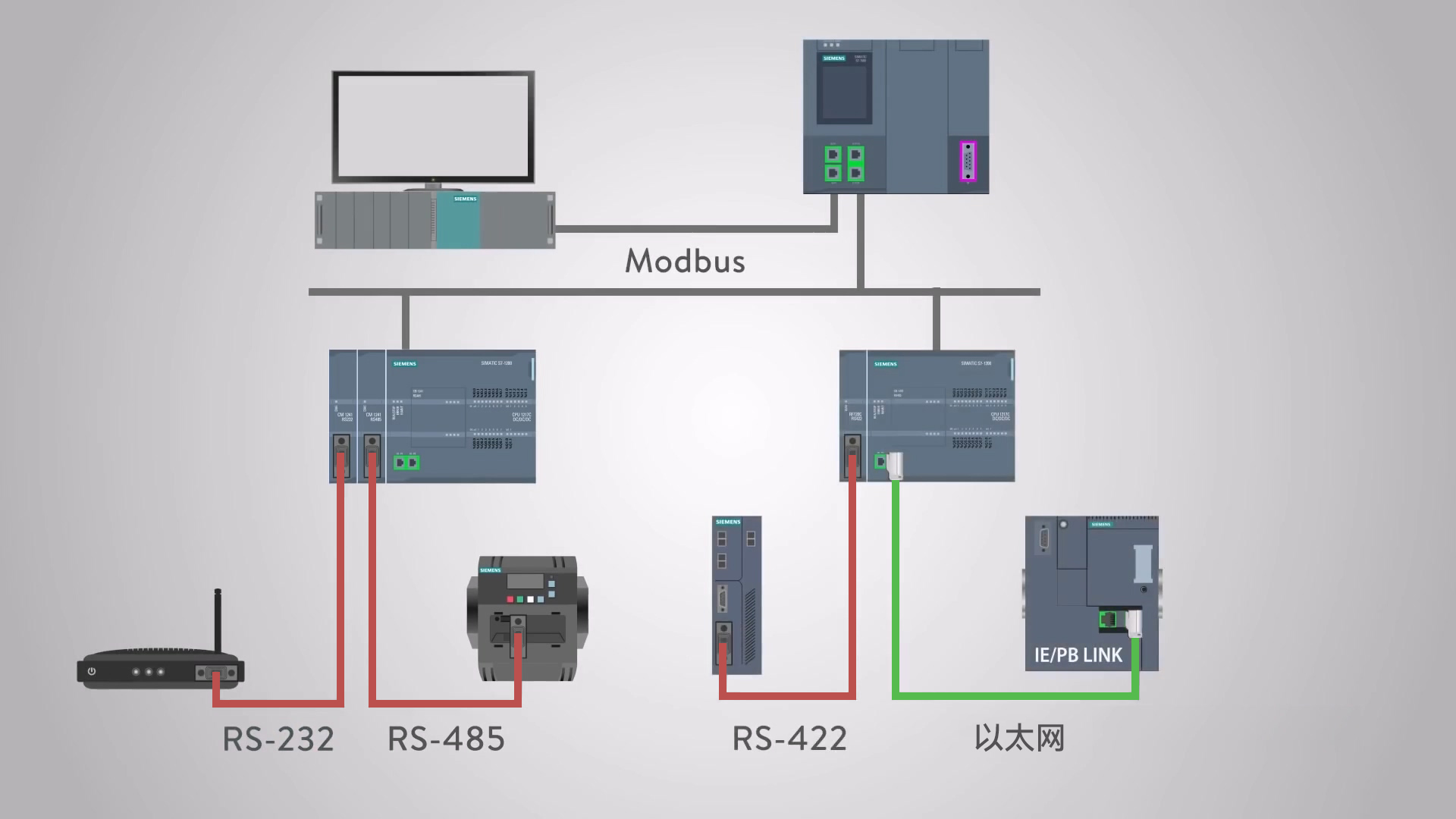In the field of industrial automation, data transmission between devices is crucial, and the Modbus protocol, as a communication standard, is widely used in various automation systems. There are two common variants of the Modbus protocol: Modbus RTU and Modbus TCP. The following article will explore the differences between the two protocols in detail.
1.Physical layer
Modbus RTU adopts serial communication method and uses RS-232 or RS-485 interface for data transmission. It uses binary encoding to achieve communication. In contrast, Modbus TCP uses Ethernet-based communication and uses the TCP/IP protocol stack to transmit data on the network.

2. Frame structure
Modbus RTU uses a compact binary format to encapsulate data frames. Each data frame contains fields such as slave address, function code, data and error check. Modbus TCP uses a TCP/IP-based message structure to encapsulate Modbus data frames in TCP messages and then transmit them through the IP network.

3.Transmission rate
Since Modbus RTU is based on serial communication, its transmission rate is limited by the performance of the serial interface. Typically, the transmission rate of Modbus RTU is low, usually between a few thousand bits per second (bps) to tens of kilobits per second (kbps). In contrast, Modbus TCP uses Ethernet as the physical medium and supports higher transmission rates, which can reach the standard rate of Ethernet, such as 10Mbps, 100Mbps or 1Gbps.

4.Connection method
Modbus RTU adopts a point-to-point connection method, which is a one-to-one communication mode. A master station can connect to multiple slave stations, but can only communicate with one slave station at a time. In contrast, Modbus TCP uses an IP-based client-server model and supports many-to-many connections. Multiple clients can communicate with one Modbus TCP server at the same time.

5. Network dependencies
Modbus RTU does not rely on network infrastructure, can communicate over a simple serial connection, and is suitable for relatively small local area networks. Modbus TCP relies on the TCP/IP network, requires reliable network infrastructure support, and is suitable for larger-scale distributed systems.
6. Security
Modbus RTU does not have a built-in security mechanism, and communication data is not encrypted, so it is vulnerable to security threats. Modbus TCP can take advantage of TCP/IP security features, such as encryption and authentication, to provide higher security.
Résumer
To sum up, Modbus RTU and Modbus TCP have significant differences in many aspects. The choice of which protocol to use depends on the specific application requirements and network environment. If it is simple point-to-point communication or a smaller-scale system, Modbus RTU may be more suitable; and for distributed systems or environments that require high-speed transmission, Modbus TCP is a better choice. In practical applications, choosing the appropriate protocol according to system requirements and network conditions can ensure the stability, security and performance of communication.